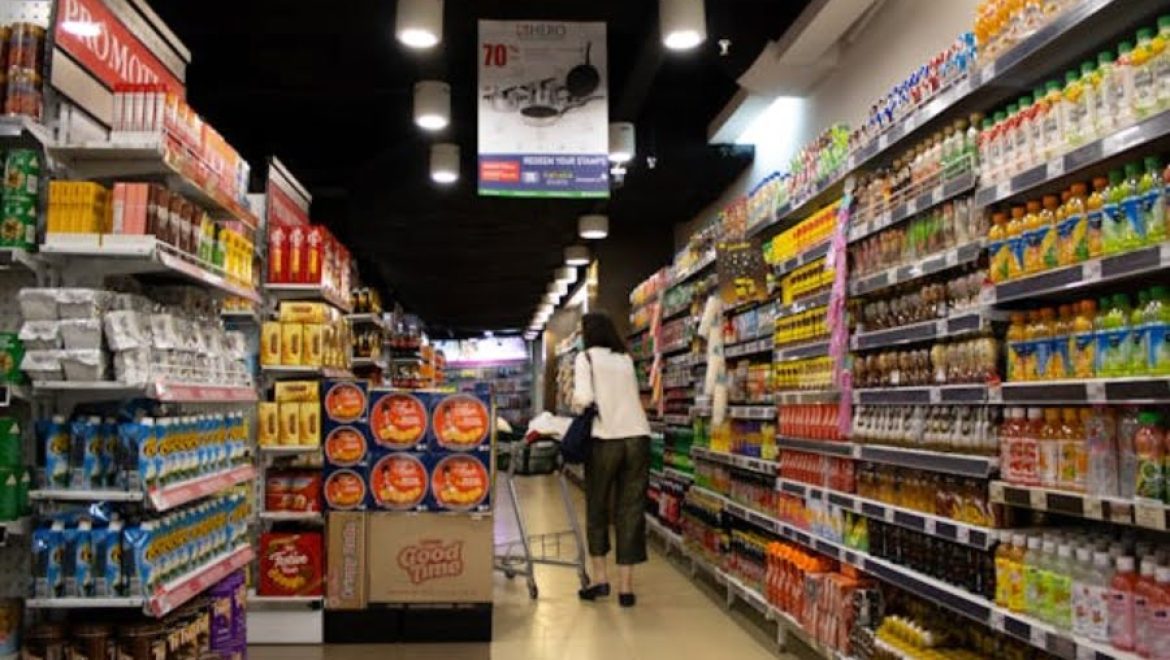
In the bustling aisles of American supermarkets, the foreign food sections stand out as vibrant hubs of culinary diversity. These sections, often tucked between more familiar offerings, are treasure troves for adventurous eaters and expatriates alike, providing a taste of home or an introduction to the exotic. As America is known for its vast and varied food landscape, these sections play a pivotal role in maintaining the nation’s reputation as a culinary melting pot. Whether it’s the spices of India, the noodles of Japan, or the sauces of Mexico, these aisles offer a sensory journey across the globe, all without leaving your local grocery store.
The Evolution of Global Offerings
The presence of foreign food in American supermarkets is not a new phenomenon, but its evolution is noteworthy. Decades ago, these sections were limited and often catered primarily to immigrant communities. Over time, however, the American palate has expanded, influenced by travel, media, and a growing interest in global cuisines. Today, these sections are no longer niche; they are essential, with a broader range of products and brands that cater to a diverse customer base. Supermarkets now stock everything from French cheeses and Italian pastas to Korean kimchi and Middle Eastern spices, reflecting the multicultural makeup of the American population.
The Appeal to the Adventurous Eater
For many American shoppers, the foreign food sections are more than just a place to buy groceries—they are an invitation to explore. These aisles attract food enthusiasts eager to experiment with new recipes or recreate dishes they’ve encountered in their travels. The availability of authentic ingredients allows home cooks to experiment with traditional dishes from around the world, making these sections a favorite among those looking to broaden their culinary horizons. Moreover, the rise of cooking shows and food blogs has further fueled interest, encouraging consumers to seek out ingredients that were once considered exotic or hard to find.
Cultural Connections and Community Ties
Foreign food sections also serve as important cultural connectors. For immigrants and expatriates, these aisles offer a comforting taste of home, helping them maintain a connection to their heritage. Whether it’s a favorite snack from childhood or a crucial ingredient for a family recipe, these products carry emotional weight, making them indispensable to those far from home. In many cities, these sections are complemented by specialty stores that cater to specific ethnic communities, but the convenience of finding these items in mainstream supermarkets cannot be overstated.
Challenges of Sourcing and Authenticity
Despite the growing popularity of foreign food sections, there are challenges in sourcing and authenticity. Not all products marketed as “authentic” truly represent their origins, and some are altered to suit American tastes, which can be disappointing for those seeking genuine flavors. Additionally, supply chain issues can lead to inconsistent availability, frustrating customers who rely on certain ingredients. Supermarkets must navigate these challenges carefully, balancing the demand for authentic products with the realities of sourcing and distribution in a globalized world.
The Future of Foreign Food in American Supermarkets
As America continues to embrace its multicultural identity, the foreign food sections in supermarkets are likely to grow in both size and importance. With the increasing popularity of plant-based diets, sustainable sourcing, and regional specialties, these aisles will continue to evolve, offering even more variety and catering to an ever-expanding customer base. The future may also see more collaboration between supermarkets and small producers, bringing more authentic and unique products to the shelves. In this way, the foreign food sections will continue to be a testament to America’s rich culinary diversity, offering a taste of the world to all who seek it.
References
https://www.kellys-expat-shopping.nl/en/american-groceries/
